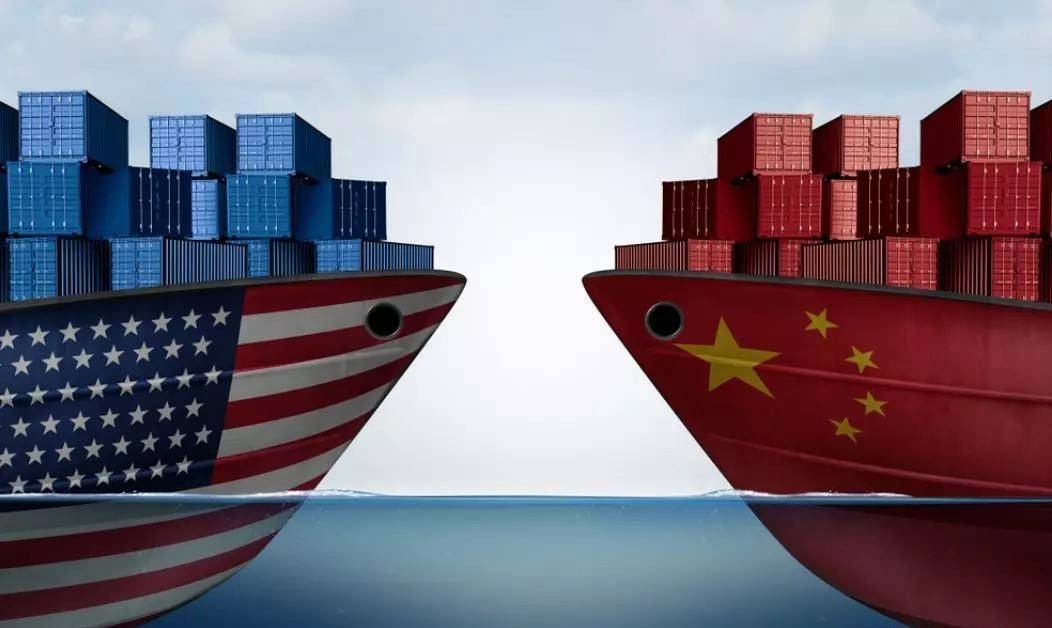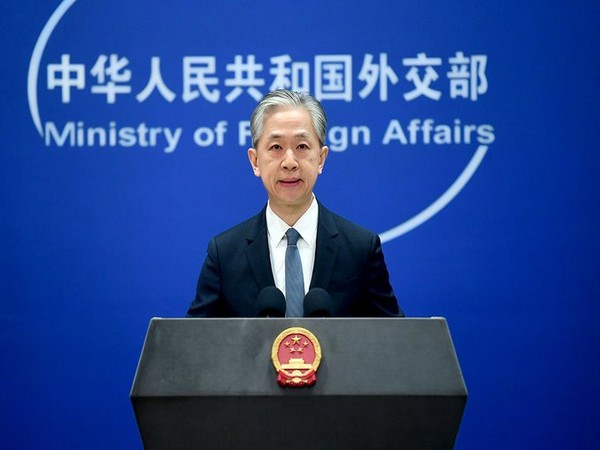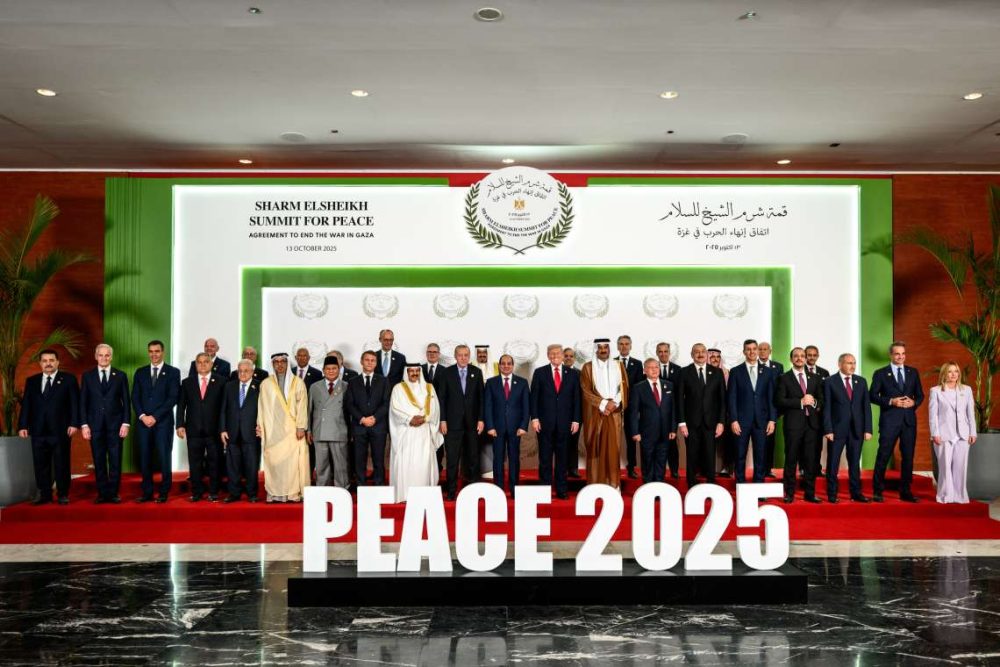The latest defence spending package for Japan’s Self-Defence Forces, approved in December last year, totalled 6.8 trillion yen (USD 52 billion)…reports Asian Lite News
After Japan announced last year that it would double its military spending in the next five years and acquire the ability to strike enemy bases, Chinese Foreign Minister Qin Gang lashed out at Tokyo over its planned biggest military build-up since World War II.
Reminding Japan of its World War II defeat, Qin Gang said the post-war international order must be maintained, Asian Institute for China and IOR Studies (AICIS) reported. As an impact of geopolitical heat, China, which is arraigned by the international community for its aggressive military positioning in the Indo-Pacific region, has expressed its worries about Japan’s military build-up in the region.
“Japan has for the first time shown how its military could target and destroy rival assets by coordinating weaponry, including aerial satellites, submarines, glide bombs, hypersonic cruise missiles and fighter jets,” AICIS wrote quoting China’s influential military magazine, Modern Ships.
AICIS said that the magazine attacked Japan for escalating regional geopolitical tension, triggering an arms race in the Indo-Pacific region and damaging the overall prospect of Beijing-Tokyo relations.
“[Japan’s] Self-Defence Forces turning to an offensive posture shows that Japan’s right-wing forces are breaking the post-war system and intervening in regional situations. It will have a serious impact on the regional military balance and strategic stability, and deserves high vigilance,” the magazine cautioned.
It did not spare Japan on its stand on Taiwan either. “Remarks like ‘safeguarding Taiwan is safeguarding Japan’ are aimed at suppressing international and domestic worries over worsening Sino-Japan relations,” the magazine averred, indicating China is rattled by Tokyo’s decision to enhance its budget for military and its repeated stress that safety of Taiwan means safety of Japan.
The latest defence spending package for Japan’s Self-Defence Forces, approved in December last year, totalled 6.8 trillion yen (USD 52 billion), a 26 per cent increase over the country’s previous budget for the military.
The current Japan defence budget, unveiled earlier in April, is seen as the first under the country’s National Security Strategy, which was launched in December 2022 along with a new National Defence Strategy (NSS).
The NSS stresses on enhancing spending on defence and other outlays up to 2 per cent of GDP by 2027, a dramatic shift in Japan’s military strategy. Of all these, the most deterring aspect appeared to be Japan’s decision to acquire counter-strike capabilities.
Since it means the country will acquire long-range capabilities to strike enemy bases in the event of an attack, China feels Japan will hugely damage its defence capabilities if any conflict breaks out.
More than this, what alarms China is Japan’s gradual push towards becoming a major military power.
“Once Japan has the ability to conduct long-range strikes, the nation is expected to change from a ‘shield’ to a ‘sword’…push for a complete lift of the ban on the development of its military power, and eventually achieve the country’s goal of becoming a major military power,” Modern Ships asserted.
Among experts, there are opinions that Japan will support the US forces if they choose to defend Taiwan in the wake of China’s attack on the self-ruling island. This viewpoint is reflected in the survey by the widely-read Japanese daily, The Asahi Shimbun also.
The survey conducted this year in February showed 56 per cent of people want Japan’s SDF role to be limited to rear-guard support to the US military over Taiwan. But then 80 per cent of 3000 respondents, as per The Asahi Shimbun, expressed their fear that Japan would be caught up in an armed conflict if the US and China engaged in a war over Taiwan.
For Japan, Taiwan is strategically an important neighbour, which is just 110 km away from the East Asian nation’s Okinawa prefecture’s Yonaguni area. If China invades Taiwan, there is a fear that the PLA may also attack US military bases in Okinawa, thereby automatically dragging Japan into a war with China.
On March 18, authorities in Japan’s Okinawa prefecture carried out its first simulated exercise, evacuating around 100,000 residents from Yonaguni and other islands close to Taiwan.
According to DW, Germany’s public broadcaster, the evacuation drill was carried out by Japanese authorities in several cities including those falling in the Sakishima islands, lying 360km away from Taiwan.
Japanese media outlets reported that residents on smaller islands in the Okinawa prefecture were first taken to bigger islands like Ishigaki and Miyako and then transferred to Okinawa’s main island Kyushu. People on this island were also reportedly asked by authorities to hide indoors.
Along with such precautionary civilian exercises, Japan is strengthening defence capabilities and deepening cooperation with the US, South Korea and the Philippines. Relations between Japan and South Korea have improved significantly since March this year as Seoul announced plans to use South Korean funds to compensate forced labourers without requiring contributions from Japan.
A formal summit was held between the two countries for the first time in 12 years. Last month, senior officials of the two countries held a security dialogue for the first time in five years and recently, the two sides have made moves to mend ties on the trade front as well. (ANI)














